Culture is a fluid thing. It washes through history, sweeping up customs and practices on the periphery and incorporating them into the aptly named mainstream. It ripples between classes, seeps across borders, and, like all liquids, flows from the top down.
Japanese history can be looked at as a series of waves of adoption and adaptation. Many aspects of Japanese culture originated in continental Asia, and from the dawn of Japan’s history, a stream of skills and information have made their way across the Sea of Japan. Wet rice cultivation and iron working came through the Korean Peninsula in the last centuries BC; China’s elaborate writing system arrived in the fourth century AD; Buddhism was introduced in the sixth century.
During the Nara Period (AD 710 – 794), ideas were intentionally imported directly from China, the powerhouse that then dominated East Asia. Once they arrived, these customs were tumbled through Japan’s unique history, often starting at the narrow sphere of Nara’s Imperial court, spreading outwards to the aristocracy during the Heian period, assimilated by the samurai class in the Kamakura period, and then, finally, heated in the crucible of the Edo period’s unique isolation and stability, to become the Japanese customs that we recognize today.
Among these imported Tang Chinese ideas were the Sekku, the five monthly festivals. Celebrated on the corresponding day of numerologically unlucky months, these purification rituals date back to pre-Confucian times. The Chinese celebration of the double fifth is called the Duanwu festival and still celebrated in much of China and its old territories. Said to date to a failed water rescue in the late third century BC, scholars suggest that this legend is simply a re-purposing of much older rituals which were held to protect against summer illnesses.
By the time the custom was adopted by the court at Nara, the festival, called Tango no Sekku in Japanese, was strongly associated with warding off disease. In China, people drank alcohol infused with sweet flag, took herbal medicines, and bathed in water with orchids. Importing these customs into Nara, the imperial court adorned their hair with sweet flag, and the Emperor gave out ornamental herbal balls, which were believed to ward off evil, illness, and bad luck.
These customs persisted into the Heian period, and the long, iris-like leaves of sweet flag became so associated with the day that it was called Shobu no Sekku: the Sweet Flag Festival. In her impressive cultural record of the Heian court, Sei Shonagon notes the passing out of sweet flag and herbal balls among “things of elegant beauty.”
By the Kamakura period (1185–1333), the traditions of the court, along with most of its power, had passed to the samurai class. Punning on the homonyms for sweet flag and victory and defeat, and emphasizing the sword-shape of the sweet flag leaves, the day took on a distinctly masculine and militaristic tone, with prayers for the health of male children, in particular joining displays of helmets, swords, and armor.
In the Edo period (1603–1868), the date was officially recognized by the Tokugawa Shogunate, and banners and flags were hung in front of the main gate of samurai households to celebrate the birth of a boy in the family. Gradually spreading across the social strata, it became popular for all families with sons to fly the carp-shaped koinobori flags above their houses.
When Japan switched to the Gregorian calendar during the Meiji restoration (1868), Tango no Sekku landed on May 5th. Post-war, the day was renamed “Kodomo no Hi” (Children’s Day) and was made a national holiday for all children, though in its trappings it remains very much a boy’s festival.
Today, May 5th is the last in the cluster of holidays that make up Japan’s Golden Week. A mix of Tang and Japanese traditions from throughout the ages, Kodomo no Hi is marked throughout Japan by colorful, windsock-like koinobori flags flying above rooftops, and stretched in lines above rivers. Across the country, samurai helmets, armor, and warrior dolls (notably, representations of Kintaro, a boy of legendary strength) are displayed in houses with sons. Oak-leaf wrapped kashiwamochi rice cakes go on sale in sweet stores, baths are sweetened by sweet flag leaves, and people eat bamboo-wrapped chimaki in a surprising hold-over from an original Chinese tradition. Despite these elements of ancient China, the festival retains elements from all of its long history in Japan, making it undeniably and uniquely Japanese.
Story and photo by Skye Hohmann
From J SELECT Magazine, May 2010

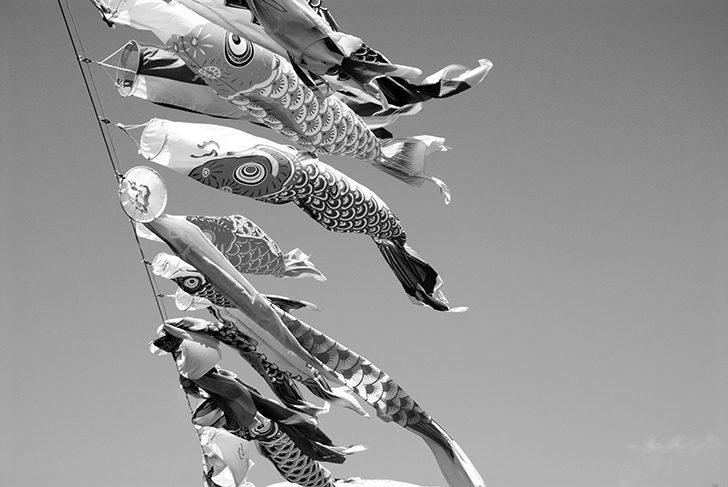

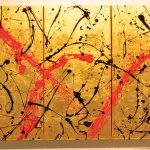

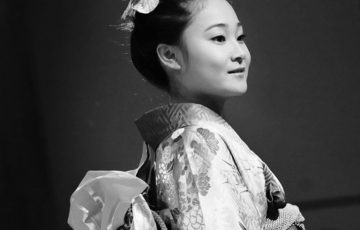
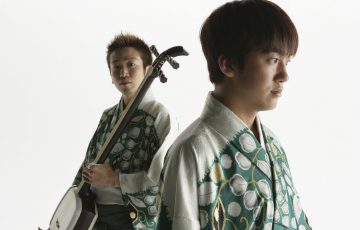
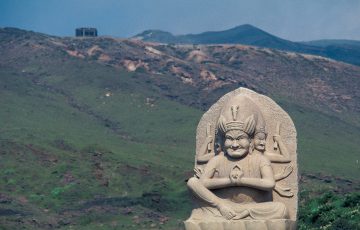
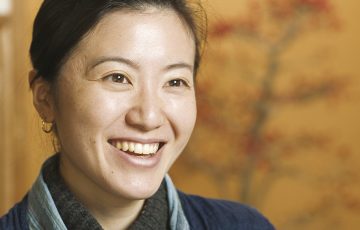
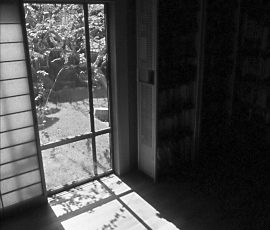


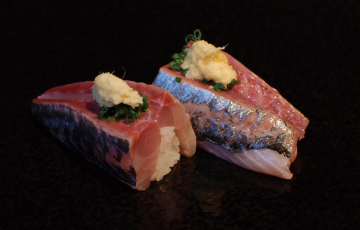


Recent Comments